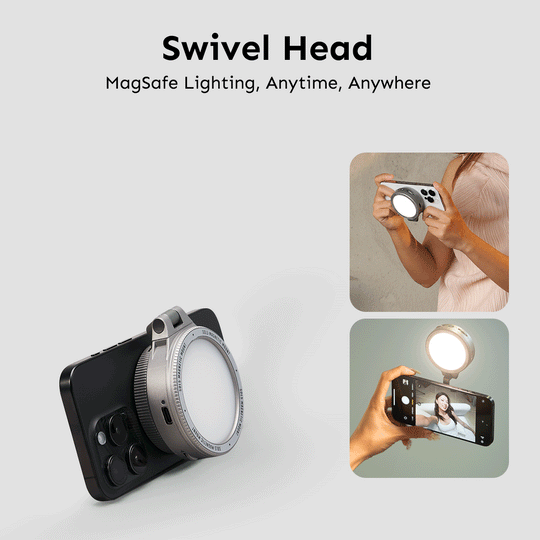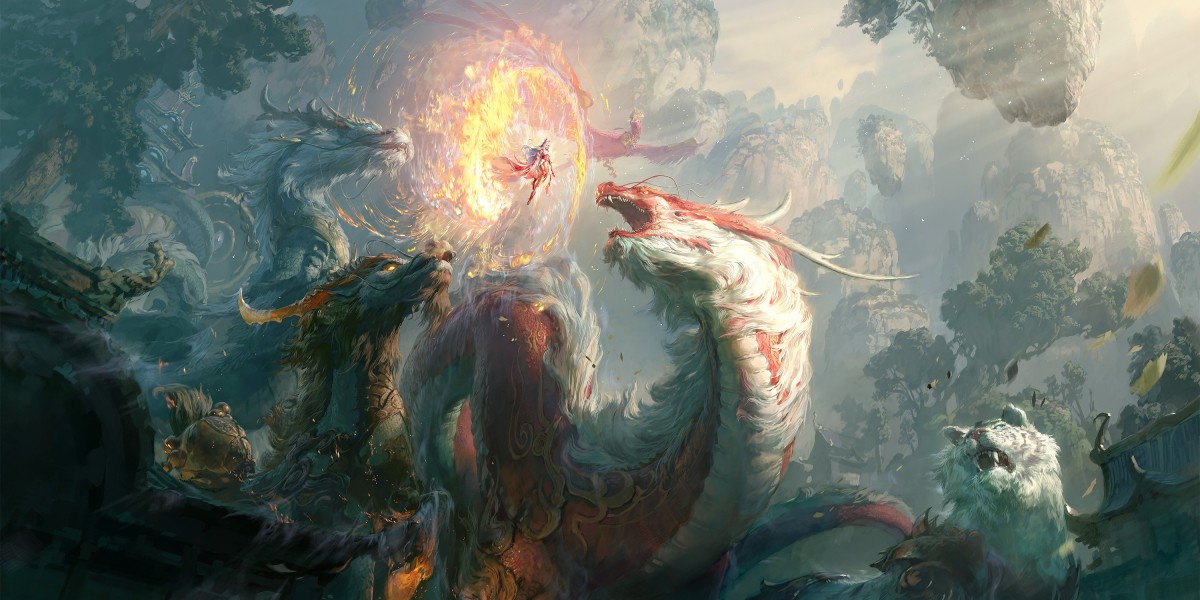Illuminate Your Creativity: Discover the Ultimate Lights Every Photographer Needs!
Lighting is often regarded as the backbone of photography, as it can transform a mundane shot into a breathtaking masterpiece. Whether you're an aspiring creator or a seasoned photographer, the right lighting can enhance your creativity and elevate your work to new heights. With an array of lighting options available, understanding the various types of lights tailored for photographers is essential. From natural illumination that graces golden hour to innovative artificial lights designed for studio environments, this exploration will cover the spectrum of lighting solutions. As we delve into the intricacies of different lights, you'll learn not only their applications but also how they can profoundly impact your photographic journey.

Understanding the Basics of Lighting in Photography
Before diving into the types of lights available, it's crucial to grasp the fundamental concepts of lighting in photography. One of the primary distinctions in lighting is between natural and artificial light. Natural light, often derived from the sun, varies throughout the day, influencing the mood and tone of your images. Conversely, artificial light is generated by various light sources, allowing for more control over your environment. Another essential aspect is color temperature, which refers to the warmth or coolness of the light. Measured in Kelvin, it can dramatically affect the atmosphere of your photos. For instance, warmer light can evoke feelings of comfort and nostalgia, while cooler light can create a sense of calm or distance. A well-thought-out lighting setup can enhance the emotional depth of your images, making it imperative for photographers to understand and experiment with different lighting techniques.
Types of Lights Every Photographer Should Consider
Photographers have a plethora of lighting options at their disposal, each serving unique purposes in various settings. Among the most popular options are continuous lights, flash, studio lights, and portable lights. Continuous lights provide a steady light source, allowing creators to see how the light interacts with their subjects in real-time. Flash and strobe lights, on the other hand, produce brief bursts of intense light, ideal for freezing motion or achieving dramatic effects. Studio lights are designed for controlled environments, perfect for portrait and product photography. Lastly, portable lights cater to photographers on the move, enabling creativity in outdoor settings. Understanding the features and applications of these different light types is essential for any photographer looking to refine their skills and enhance their work.
Continuous Lights
Continuous lights are invaluable for photographers who prefer to visualize their lighting setup in real-time. They provide a consistent light source, making it easier to adjust and experiment with angles and intensities. Ideal for video recording and portrait photography, continuous lights can help create a natural look, as the light remains steady throughout the shoot. A friend of mine, an enthusiastic portrait photographer, swears by continuous lights for her sessions, stating that they allow her to interact more naturally with her subjects and capture genuine emotions.
Flash and Strobe Lights
Flash and strobe lights are synonymous with high-speed photography. These lights emit short bursts of intense illumination, making them perfect for capturing fast-moving subjects or creating striking lighting effects. Their versatility allows photographers to experiment with various techniques, such as high-speed sync, which can dramatically change the outcome of a shot. I remember witnessing a friend use strobe lights during a sports event, and the results were nothing short of spectacular—every detail was frozen in time, showcasing the athletes' movements with incredible clarity.
Studio Lights
Studio lights play a pivotal role in professional photography, especially in portrait and product imaging. These lights come in various forms, including softboxes, umbrella lights, and LED panels, each offering unique features to manipulate shadows and highlights effectively. Their adjustable settings allow photographers to achieve desired effects, from soft, diffused light to sharp, dramatic contrasts. A colleague of mine uses studio lights for her product photography, and the way they highlight textures and colors is remarkable, bringing the items to life in her images.
Portable and On-the-Go Lights
For those who thrive in dynamic environments, portable lights are essential. These compact lighting solutions provide flexibility and convenience, allowing photographers to create stunning images even in outdoor or mobile settings. Battery-operated options mean you’re not tethered to a power source, making them perfect for landscape and event photography. A friend who frequently travels for photography often relies on portable lights to capture sunsets and cityscapes, ensuring that even in the absence of ideal natural light, she can still produce captivating shots.
Final Thoughts on Lighting in Photography
In summary, the world of lighting in photography is vast and varied, with numerous options available to enhance your creative expression. From understanding the fundamental concepts of natural and artificial light to exploring the different types of lighting equipment, each element plays a crucial role in shaping your photographic journey. Embracing the right lighting can transform your images, allowing you to convey emotions, capture moments, and tell stories more effectively. By experimenting with various lights and understanding their applications, you can unlock new dimensions in your photography and bring your creative visions to life.








